How to Use Worm Castings in Your Garden: Boost Plant Growth Naturally
- October 2, 2024
- 0 comment
Worm castings, often referred to as “black gold,” are a powerhouse of nutrients and beneficial microorganisms that can significantly enhance your garden’s health and productivity. As organic gardeners seek natural methods to boost plant growth and improve soil quality, worm castings emerge as a top choice.
What Are Worm Castings
Worm castings, also known as vermicast, are the nutrient-rich excretions produced by earthworms as they digest organic matter. These castings are a dark, crumbly substance that resembles rich soil and is highly valued in gardening and agriculture for their exceptional nutrient content. Composed of essential elements like nitrogen, phosphorus, and potassium, as well as micronutrients such as calcium and magnesium, worm castings provide a natural and sustainable source of fertilizer. In addition to nutrients, they also contain beneficial microorganisms that enhance soil health by promoting microbial activity, which is vital for nutrient cycling and improving soil structure.
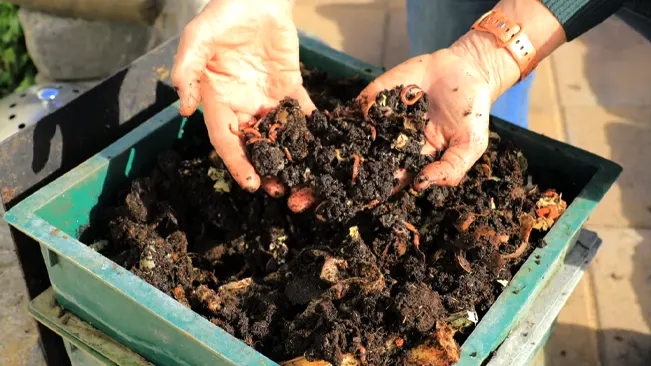
The production of worm castings occurs through a fascinating biological process. As earthworms consume decaying organic material, including leaves, food scraps, and other plant matter, their digestive systems break this material down into simpler, more accessible forms. The gut of the earthworm houses a diverse community of microorganisms that assist in this decomposition process. Once digested, the enriched material is excreted as worm castings, which can contain up to five times more nutrients than the original organic matter. When added to soil, these castings improve aeration, moisture retention, and overall fertility, making them an invaluable addition to any gardening practice.
Benefits of Using Worm Castings
Nutrient-Rich
Worm castings are celebrated for their exceptional nutrient content, making them an ideal organic fertilizer for gardeners and farmers alike. These castings are packed with essential macronutrients such as nitrogen, phosphorus, and potassium, which are crucial for plant growth. Nitrogen promotes vigorous leaf and stem development, ensuring that plants remain lush and green. Phosphorus, on the other hand, plays a vital role in root development, flowering, and fruiting, enabling plants to thrive throughout their life cycles. Potassium contributes to overall plant health by enhancing disease resistance and improving stress tolerance. The combination of these nutrients in worm castings provides a balanced approach to fertilization, supporting various growth stages and specific plant needs.
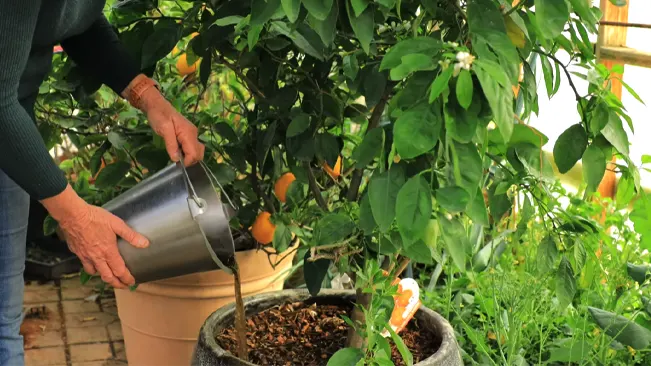
In addition to these macronutrients, worm castings are rich in micronutrients, including calcium, magnesium, sulfur, and trace elements like iron and zinc. These micronutrients are essential for numerous physiological functions in plants, such as enzyme activation, photosynthesis, and nutrient absorption. What sets worm castings apart from conventional fertilizers is their ability to provide these nutrients in a slow-release format, ensuring that plants have continuous access to essential elements over time. This not only reduces the risk of nutrient leaching and environmental pollution but also minimizes the need for frequent applications, making worm castings a sustainable choice for enhancing soil fertility and promoting healthy plant growth.
Soil Structure Improvement
Worm castings play a significant role in enhancing soil structure, which is crucial for overall plant health and growth. When added to soil, these castings improve aeration, allowing air to circulate more freely around plant roots. This increased airflow promotes root respiration, enabling plants to absorb water and nutrients more efficiently. Additionally, the granular texture of worm castings helps to create larger soil aggregates, which improves soil tilth and reduces compaction. This is particularly beneficial for heavy or clay soils, which often struggle with drainage and can become waterlogged, leading to root rot and other issues.
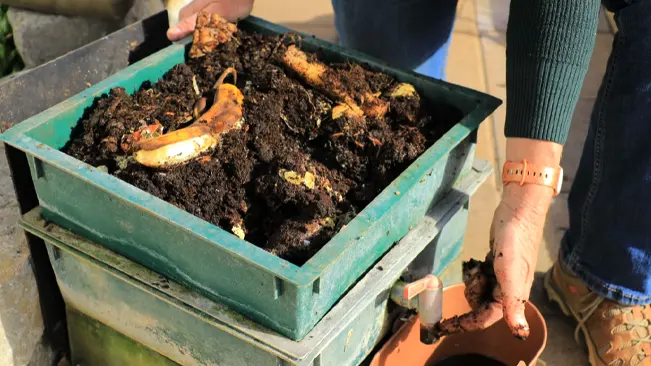
Moreover, worm castings enhance moisture retention within the soil, acting as a natural sponge that holds water for plants to utilize during dry periods. This is especially advantageous in drought-prone areas or during the hotter months of the growing season. The moisture-retaining properties of worm castings help to create a more stable environment for plant roots, reducing the need for frequent watering and contributing to water conservation efforts. By improving both aeration and moisture retention, worm castings create an ideal growing medium that supports robust root systems and encourages overall plant vitality.
Microbial Activity
Worm castings are teeming with beneficial microorganisms that play a vital role in promoting plant health and soil fertility. These microorganisms include bacteria, fungi, and protozoa that work synergistically to break down organic matter, releasing nutrients in forms that plants can easily absorb. This microbial activity is essential for nutrient cycling within the soil, as it helps convert organic matter into plant-available forms. By enhancing microbial diversity and abundance, worm castings contribute to a thriving soil ecosystem that supports healthy plant growth.
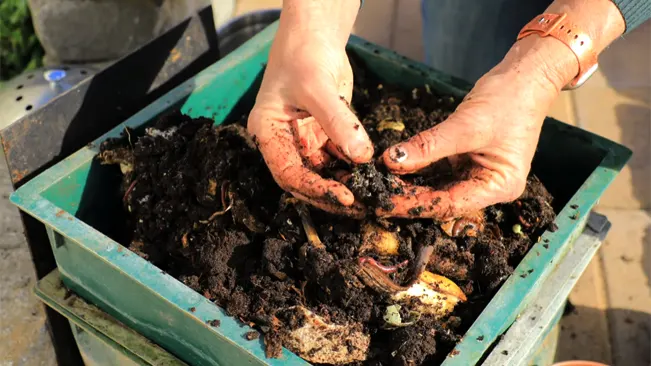
Furthermore, the presence of beneficial microorganisms in worm castings also helps to suppress plant pathogens and diseases. Certain bacteria and fungi can outcompete harmful pathogens for resources, reducing their ability to infect plants. Additionally, some of these beneficial organisms produce natural antibiotics and other compounds that inhibit the growth of harmful microbes. This biocontrol aspect of worm castings not only promotes plant health but also reduces the reliance on chemical pesticides, making worm castings a key component of sustainable gardening practices. By fostering a balanced and diverse microbial community, worm castings create a healthy environment that supports thriving plants and robust ecosystems.
How to Incorporate Worm Castings into Your Garden
1. Direct Application
Direct application of worm castings is one of the simplest and most effective ways to enhance soil fertility and promote plant growth. To begin, ensure that your garden soil is well-prepared by loosening it with a spade or garden fork to improve aeration. Once the soil is ready, you can apply a generous layer of worm castings directly to the surface. A general guideline is to use about 1 to 2 inches of castings over the planting area, although this can vary depending on the specific needs of your plants and the existing soil quality.
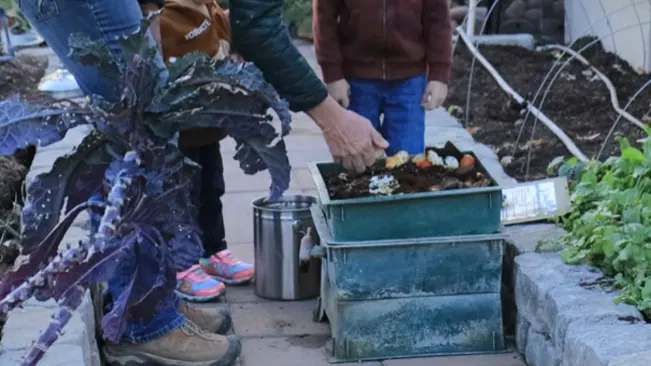
After spreading the worm castings, it’s beneficial to lightly work them into the top layer of the soil using a rake or hoe. This helps incorporate the nutrients into the root zone where plants can access them more readily. If you’re planting new seedlings or seeds, mixing worm castings into the planting hole can give young plants a nutrient boost right from the start. For established plants, applying castings in early spring or during the growing season can provide ongoing nutrition, resulting in healthier plants and increased yields.
2. Mixing with Potting Soil
When it comes to container gardening, mixing worm castings with potting soil can significantly improve the nutrient content and water retention of your growing medium. To create an effective potting mix, start with a high-quality commercial potting soil as your base. The recommended ratio for incorporating worm castings is about 20-30% castings to 70-80% potting soil. This mixture will provide plants with a balanced supply of nutrients while maintaining the lightweight and well-draining qualities of potting soil.
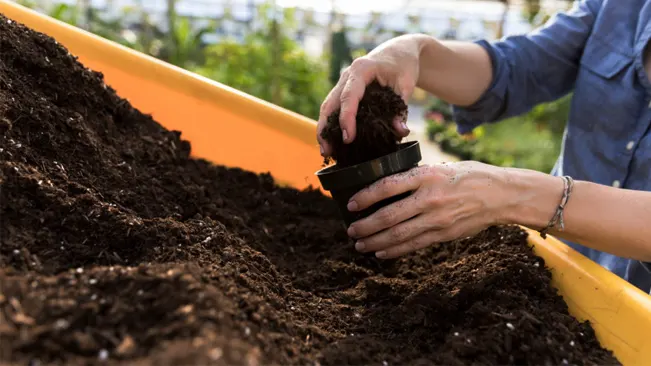
To mix, simply combine the worm castings and potting soil in a large container or wheelbarrow. Use a shovel or garden fork to thoroughly blend the materials, ensuring an even distribution of nutrients throughout the mix. Once combined, fill your pots or containers with the enriched potting mix, and plant your desired seeds or seedlings. This enriched soil will support robust root growth and contribute to overall plant health, allowing your container plants to flourish throughout the growing season.
3. Creating Compost Tea
Brewing worm casting tea is an excellent way to leverage the nutrient-rich properties of worm castings in a liquid form, making it easy to apply directly to plants. To make compost tea, start by gathering your materials: you’ll need a bucket, water (preferably dechlorinated or rainwater), and worm castings. A common ratio for brewing is to use one part worm castings to five parts water. For example, if you use 1 cup of worm castings, mix it with 5 cups of water.
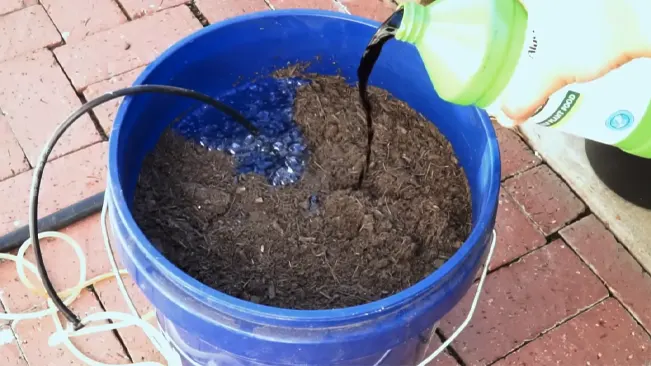
To brew, simply add the worm castings to the bucket of water and stir well. Let the mixture steep for 24 to 48 hours, stirring occasionally to aerate it. After steeping, strain the liquid through a fine mesh or cheesecloth to remove the solid particles, leaving you with nutrient-rich worm tea. This tea can be used as a foliar spray or soil drench. When applying, it’s best to do so early in the morning or late in the afternoon to prevent leaf burn. This nutrient-rich liquid will provide an instant boost to your plants, promoting vigorous growth and overall health while enhancing the microbial activity in the soil.
Best Practices for Using Worm Castings
To maximize the benefits of worm castings in your garden, it’s important to follow recommended application rates and frequency. Generally, a good guideline is to apply 1 to 2 inches of worm castings directly onto the soil surface or mix them into the soil at planting. For established plants, applying a thin layer of castings once every 4 to 6 weeks during the growing season can provide a steady supply of nutrients. It’s essential not to over apply, as excessive nutrients can lead to imbalances in soil chemistry and potentially harm plant health. By adhering to these application rates, gardeners can ensure that their plants receive the necessary nutrients without overwhelming them.
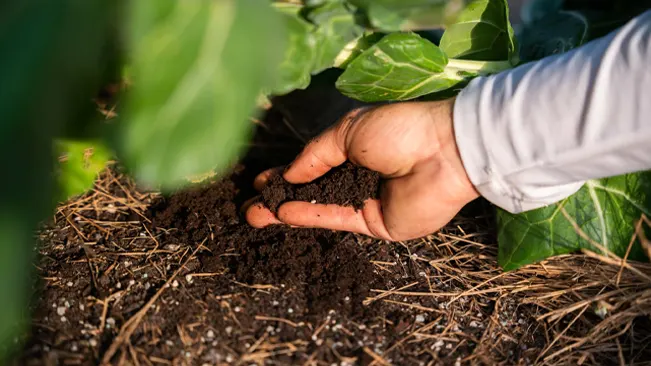
Combining worm castings with other organic fertilizers can further enhance soil fertility and plant growth. Worm castings work synergistically with other amendments, such as compost, bone meal, or kelp meal, providing a well-rounded nutrient profile. However, it’s crucial to test your soil before adding any fertilizers to determine its existing nutrient levels and pH balance. Soil testing helps identify specific deficiencies, allowing you to tailor your fertilizer applications to meet the unique needs of your plants. By understanding the nutrient requirements of your soil, you can optimize the use of worm castings and other organic fertilizers, promoting a healthy and productive garden ecosystem.
Common Mistakes to Avoid
One of the most common mistakes gardeners make when using worm castings is over application. While worm castings are a nutrient-rich organic fertilizer, applying too much can lead to nutrient imbalances in the soil, resulting in excessive nitrogen levels. This can cause issues such as leaf burn, stunted growth, and even root rot, as plants may struggle to absorb water and other nutrients effectively. To avoid these pitfalls, it’s crucial to adhere to recommended application rates, generally around 1 to 2 inches of castings for direct soil application. Regular monitoring of plant health and adjusting the application frequency can help ensure that plants receive the right amount of nutrients without being overwhelmed.
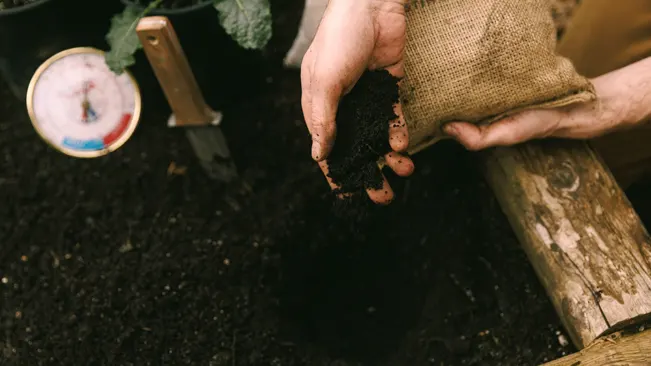
Another common error is ignoring the specific needs of plants and the conditions of the soil. Different plants have varying nutrient requirements and may thrive in different soil types, pH levels, and moisture conditions. Failing to consider these factors can lead to under- or over-fertilization, hindering plant growth and overall health. Conducting soil tests to assess nutrient levels and pH can provide valuable insights into what your garden needs. By understanding your plants’ specific requirements and tailoring your worm casting applications accordingly, you can create a more balanced and conducive environment for growth, ultimately leading to a healthier and more productive garden.
Conclusion
Incorporating worm castings into your gardening routine is an effective way to enhance soil health and promote vibrant plant growth. Rich in essential nutrients and beneficial microorganisms, worm castings serve as a powerful organic fertilizer, whether applied directly to the soil, mixed with potting soil, or brewed into compost tea.
FAQs
- What are worm castings?
Worm castings, also known as vermicast, are the nutrient-rich excrement produced by earthworms as they digest organic matter. They are dark, crumbly materials that resemble rich soil and are valued for their exceptional nutrient content. - How do I apply worm castings in my garden?
Worm castings can be applied directly to the soil by spreading a layer of 1 to 2 inches on the surface or mixed into the soil at planting. For established plants, a thin layer can be applied every 4 to 6 weeks during the growing season for ongoing nourishment. - Can I use worm castings in container gardening?
Yes! When mixing worm castings with potting soil, aim for a ratio of 20-30% worm castings to 70-80% potting soil. This combination provides a balanced supply of nutrients and improves water retention for container plants. - How do I create compost tea from worm castings?
To brew compost tea, mix one part worm castings with five parts water in a bucket. Stir the mixture and let it steep for 24 to 48 hours, then strain the liquid. This nutrient-rich tea can be used as a foliar spray or soil drench for plants. - Are there any risks associated with using worm castings?
Overapplication of worm castings can lead to nutrient imbalances, potentially causing issues like leaf burn or stunted growth. It’s important to follow recommended application rates and monitor your plants’ health. - Should I test my soil before using worm castings?
Yes, conducting a soil test can provide valuable information about nutrient levels and pH, allowing you to tailor your use of worm castings and other fertilizers to meet the specific needs of your plants. - How often should I use worm castings?
For best results, apply worm castings every 4 to 6 weeks during the growing season, adjusting the frequency based on the specific needs of your plants and the existing soil conditions.

Joel Cunningham
Forestry AuthorI'm Joel Cunningham, an expert in pruning and weed management with over a decade of experience. My skills are rooted in formal training and extensive practice, focusing on advanced pruning techniques and efficient weed control. I'm known for my quality work, precision, and deep understanding of plant health and soil dynamics. My contributions extend to educational initiatives where I share sustainable practices and advice, establishing myself as a reliable and authoritative figure in the gardening community.


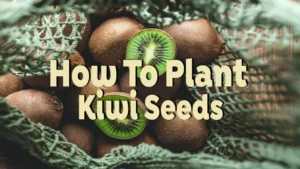


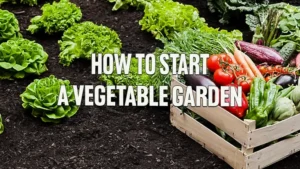
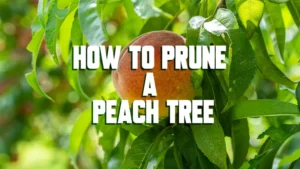



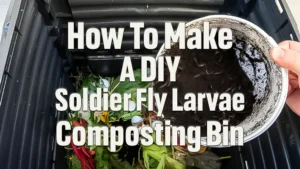
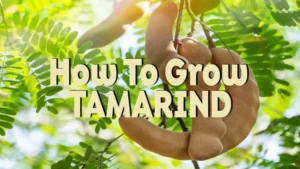
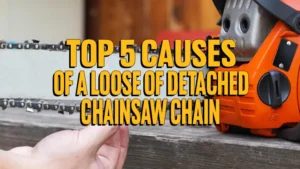
Leave your comment